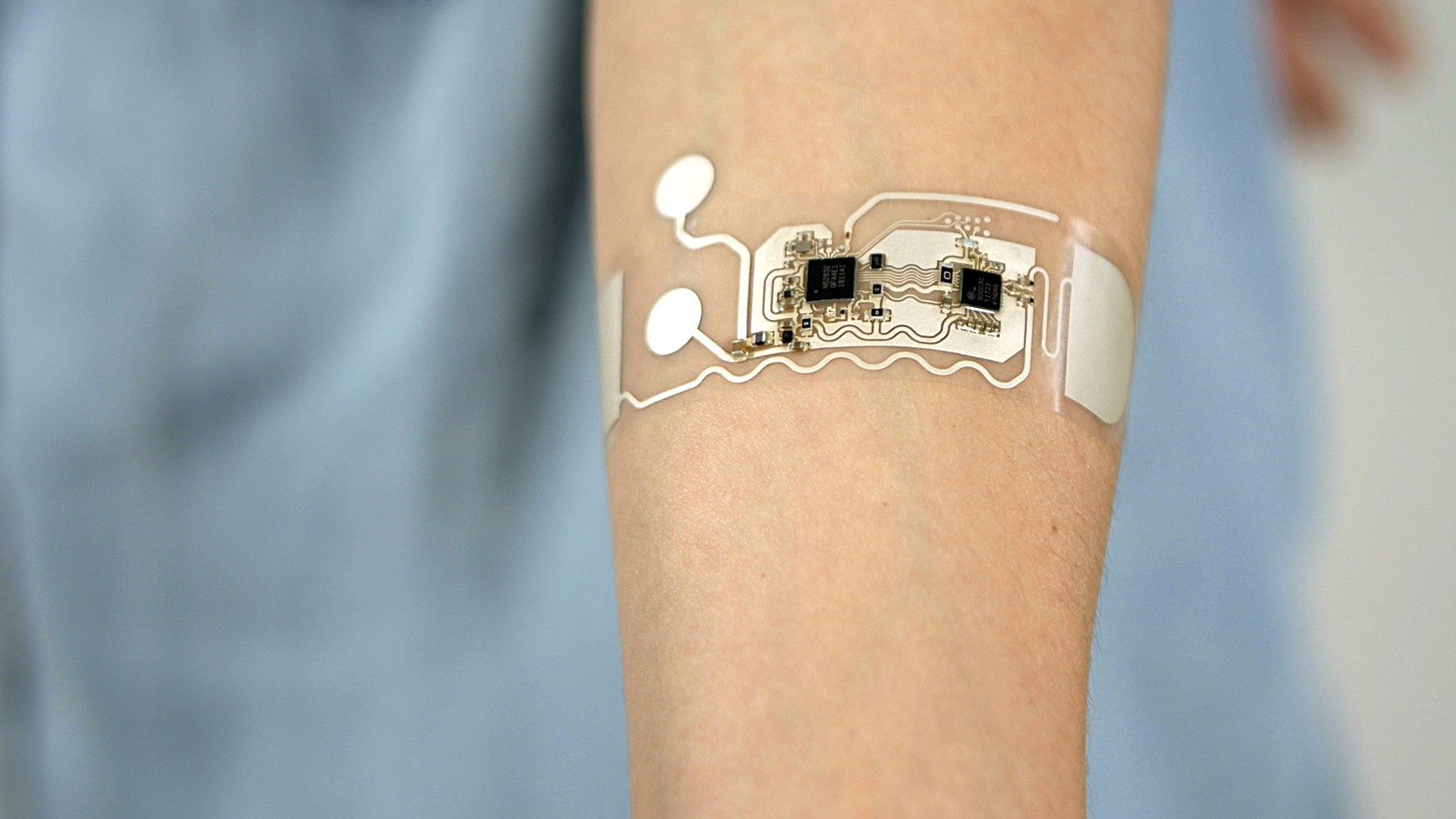amicitaacademy.com – Video Assistant Referee (VAR) technology has transformed modern football, bringing an unprecedented level of accuracy and accountability to officiating. Since its official debut in FIFA tournaments in 2018, VAR has become a critical part of the sport, often impacting match outcomes, league standings, and players’ careers. While controversial, VAR has undeniably changed how we watch and understand the game, introducing new dynamics in decision-making and fan engagement. This article explores how VAR technology works, its impact on the game, and the ongoing debate around its role in football.
What is VAR Technology?
The Video Assistant Referee system is an officiating technology used to review key decisions made by the on-field referees. Operated from a designated VAR room, which has multiple video feeds and slow-motion replays, the VAR team can analyze any potentially incorrect calls and communicate their findings to the on-field referee. VAR can only be used in four specific instances:
- Goals and Offside: To determine whether a goal is legitimate, checking for any fouls or offside infringements.
- Penalties: To confirm whether a penalty decision was correct.
- Direct Red Cards: To ensure that a red card is justified in cases of serious foul play.
- Mistaken Identity: To correct any cases where the referee has penalized the wrong player.
The purpose of VAR is to assist, not replace, the on-field referee, with the final decision remaining in the hands of the referee after consulting the video footage.
How VAR Works: The Technology Behind It
VAR relies on a complex network of high-definition cameras placed around the stadium to capture multiple angles of the action. The system typically uses 33 cameras, including high-speed cameras for slow-motion replays. For offside calls, VAR employs a virtual offside line that can be adjusted frame-by-frame to track players’ positions in real time. This line helps referees determine if an attacking player was ahead of the last defender when the ball was played, a crucial factor in offside decisions.
The system operates through three stages:
- Review: When a potential error is spotted, either by the on-field referee or by the VAR team, the footage is reviewed.
- Recommendation: The VAR team then advises the on-field referee if a potential mistake has been made.
- Decision: The referee can either accept the VAR team’s advice or personally review the footage on a pitch-side monitor before making the final call.
Advanced technologies like artificial intelligence (AI) and machine learning are also beginning to enhance VAR’s capabilities, allowing faster analysis and more precise calls.
The Impact of VAR on Football
VAR has significantly improved the accuracy of refereeing decisions. Studies by FIFA have shown that the use of VAR has reduced the margin of human error, with a 99% success rate for corrected decisions. By addressing errors related to crucial events—such as goals, red cards, and penalty decisions—VAR has increased fairness and reduced the likelihood of injustices affecting match outcomes.
VAR’s influence goes beyond accuracy. It has reshaped the strategic elements of the game, influencing players’ behavior. For instance:
- Reduced Diving and Fouling: Knowing that their actions are likely to be reviewed, players are less inclined to dive or commit intentional fouls, leading to cleaner, fairer play.
- Goal Celebrations: Players and fans often hesitate to celebrate until VAR confirms the goal, especially in tight situations. This delay has altered the rhythm of match celebrations, adding a layer of suspense.
For referees, VAR serves as a safety net, allowing them to make more confident decisions and correct mistakes in real time. This support has led to improved officiating standards, particularly in high-stakes games like international tournaments and league finals.
The Debate Around VAR: Pros and Cons
While VAR has clear benefits, it has also generated significant controversy and polarized opinions among players, managers, and fans.
Pros of VAR
- Improved Decision Accuracy: The most substantial advantage of VAR is its ability to correct potentially game-changing mistakes.
- Increased Fairness: By providing a reliable method of reviewing contentious incidents, VAR has reduced the impact of poor decisions on the outcome of games.
- Reduced Aggressive Behavior: Players are more mindful of their actions, reducing instances of aggressive fouls and unsportsmanlike behavior.
Cons of VAR
- Disruption of Game Flow: VAR reviews can take time, causing delays and interrupting the natural rhythm of the game. These delays can frustrate players and fans, detracting from the fluidity of the match.
- Loss of Emotion and Spontaneity: VAR has altered how players and fans experience goals, often delaying celebrations until the goal has been reviewed. This change has diminished the spontaneous joy that football is known for.
- Subjectivity Remains: Despite the technology, VAR decisions are still subject to human interpretation, especially in cases of fouls, where different referees might make different calls. This subjectivity has led to inconsistencies, sparking debates about fairness.
Future of VAR: Possible Enhancements and Innovations
As VAR becomes more integrated into the game, ongoing advancements aim to make it faster, more reliable, and less intrusive. Some possible future developments include:
- Automated Offside Technology: Trials are underway for fully automated offside technology, where AI can instantly detect offside situations without requiring manual frame-by-frame reviews, potentially reducing the review time for offside decisions.
- Enhanced Communication: Transparency around VAR decisions has been a point of contention. Proposed improvements include allowing referees to explain their decisions to fans in real time, similar to the system used in American football.
- Faster Review Processes: Efforts to reduce the time taken for reviews are underway, with developers focusing on refining camera angles and optimizing the video analysis process. Shorter review times would help reduce disruptions and maintain the flow of play.
Conclusion: VAR’s Evolving Role in Football
VAR has revolutionized football, introducing a new standard of accountability that enhances the accuracy of officiating. While it has its detractors, VAR’s impact on the game is undeniable, making football fairer and more transparent. As technology advances, so will VAR, with potential enhancements aimed at addressing its limitations and making it even more efficient.
For now, VAR remains both a blessing and a challenge, sparking a healthy debate that reflects football’s continuous evolution in the modern era. As VAR technology continues to develop, it will shape not only the rules of the game but also the very way fans, players, and referees experience football.






